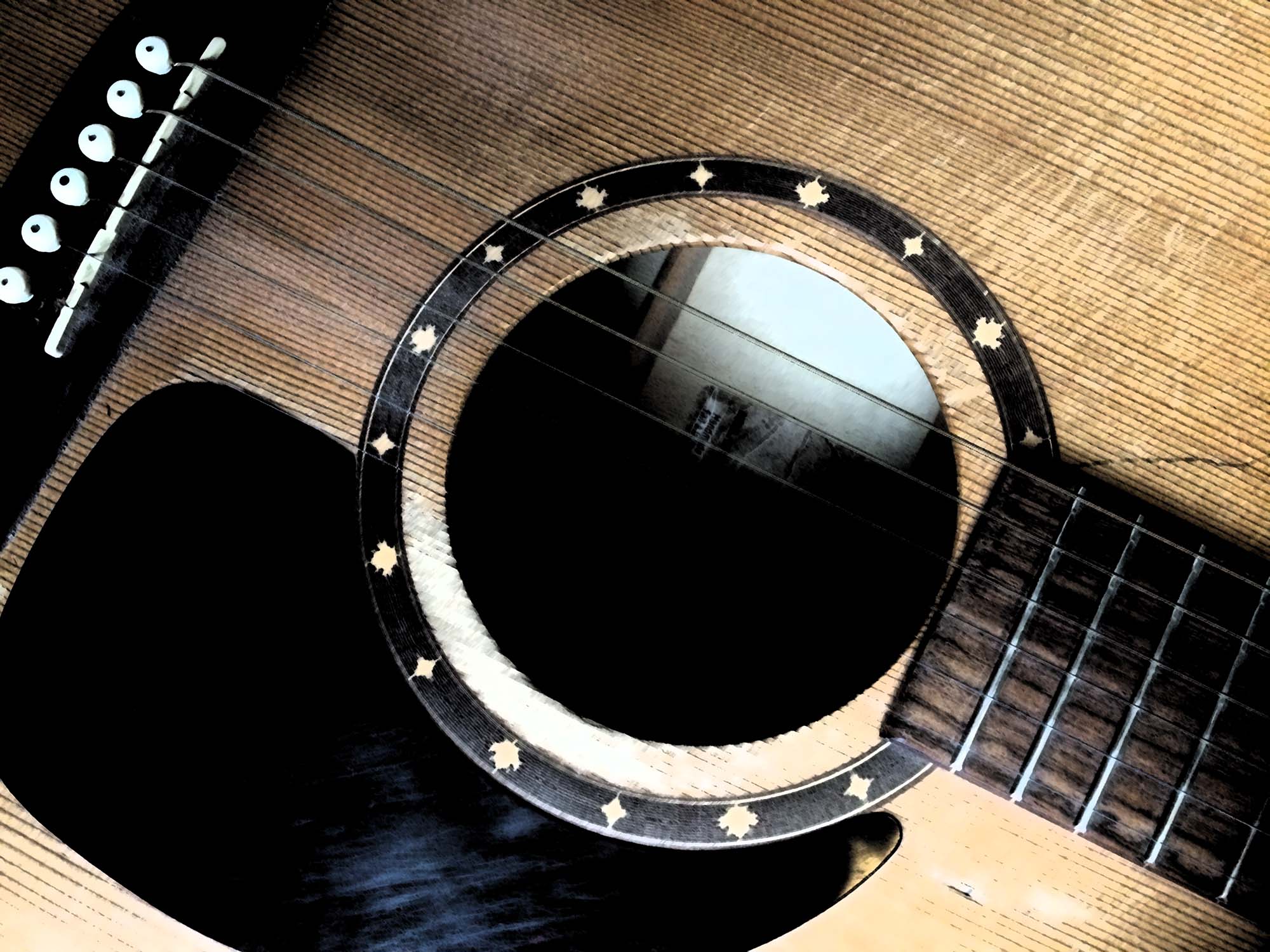.jpg?resize=400%2C600&ssl=1)
Chord_Untidy.jpg?w=400&ssl=1)
Alternatives:

2nd version of ‘F‘ called the ‘F/E’ don’t play the bottom E string

3rd version don’t play the bottom E and the the A string

The above Barre chords show the F being played on the 8th Fret.
There are two ways of playing this chord:
Version 1 uses the 2nd,3rd and 4th fingers to hold down an A shape whilst the 1st finger barres the strings like a capo.
Version 2 also barres the 1st finger across the strings but the 3rd now barres across the D, G and B strings – in most cases you’ll end up muting the top E string. This is to be expected.
In both cases you’ll have to mute the bottom E string or better still barre all the strings completely. See below.






.jpg?resize=400%2C600&ssl=1)
Chord_Untidy.jpg?w=400&ssl=1)


